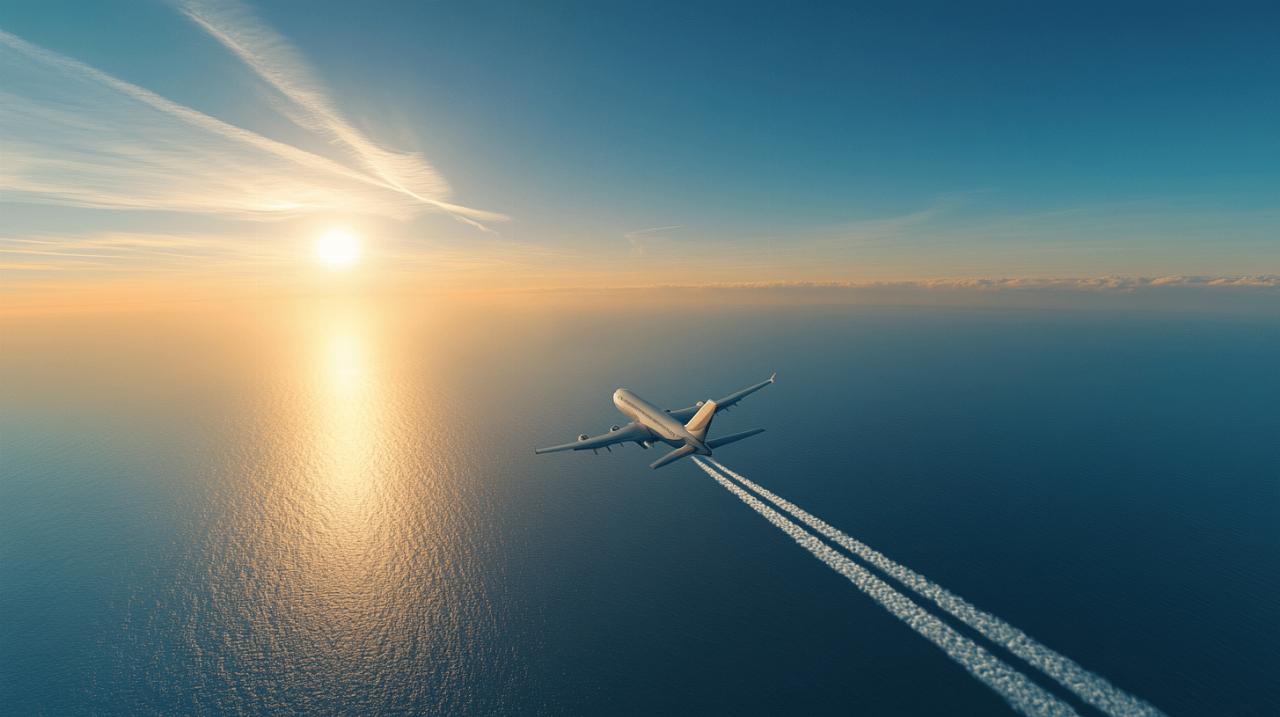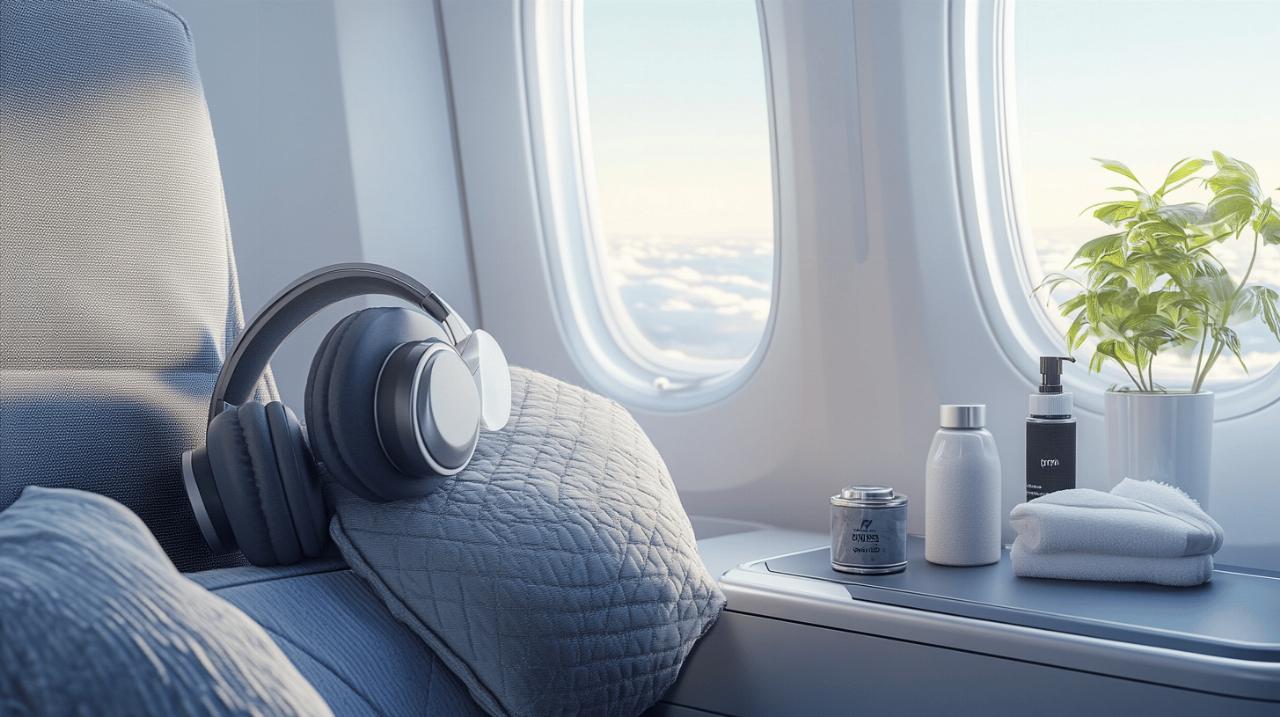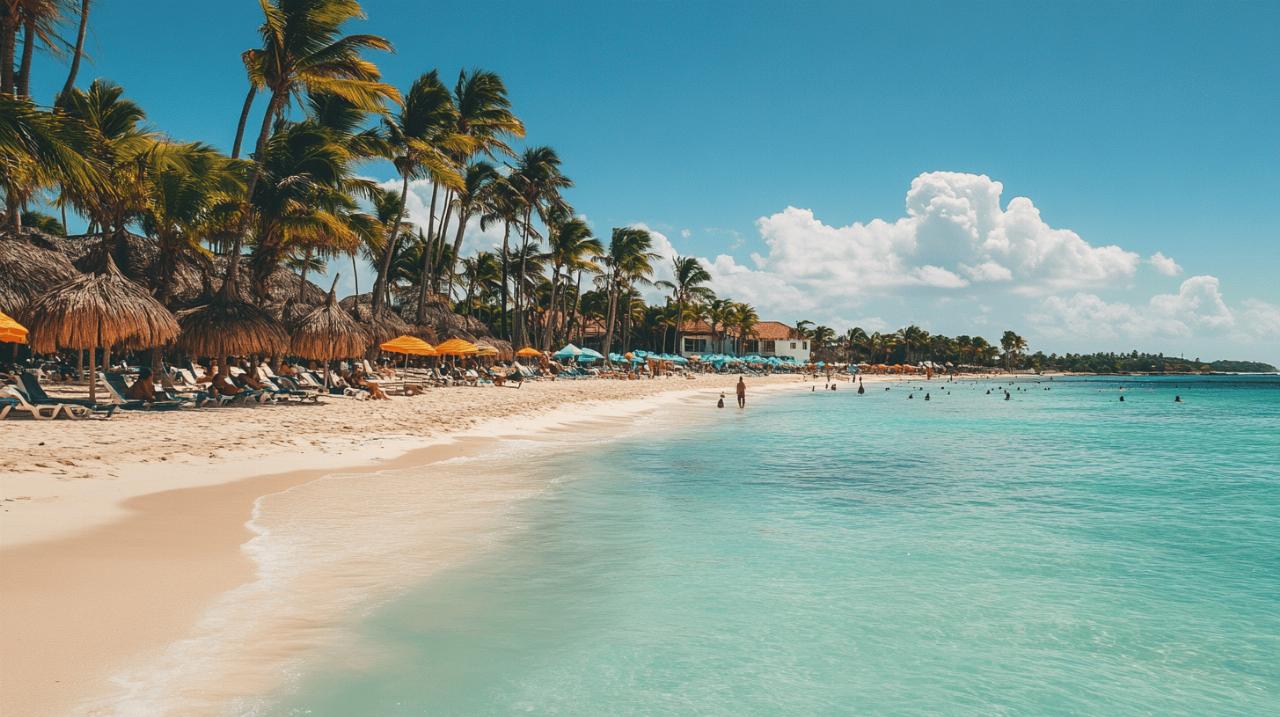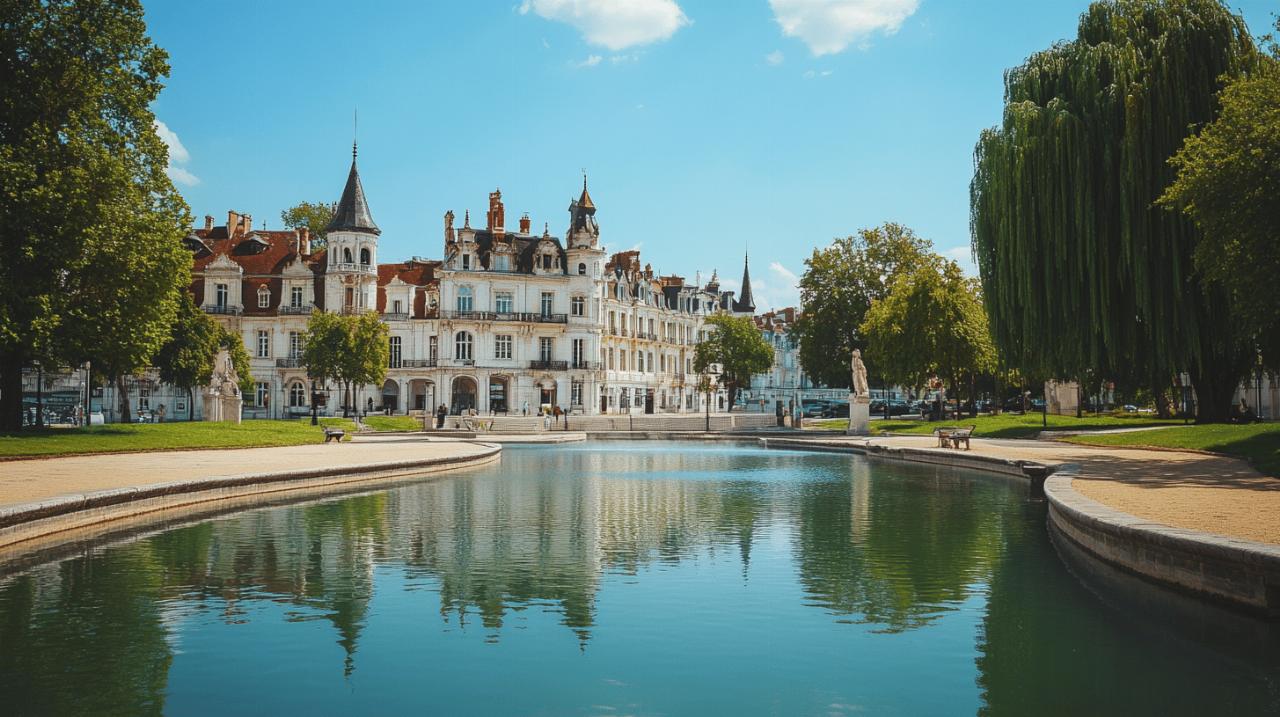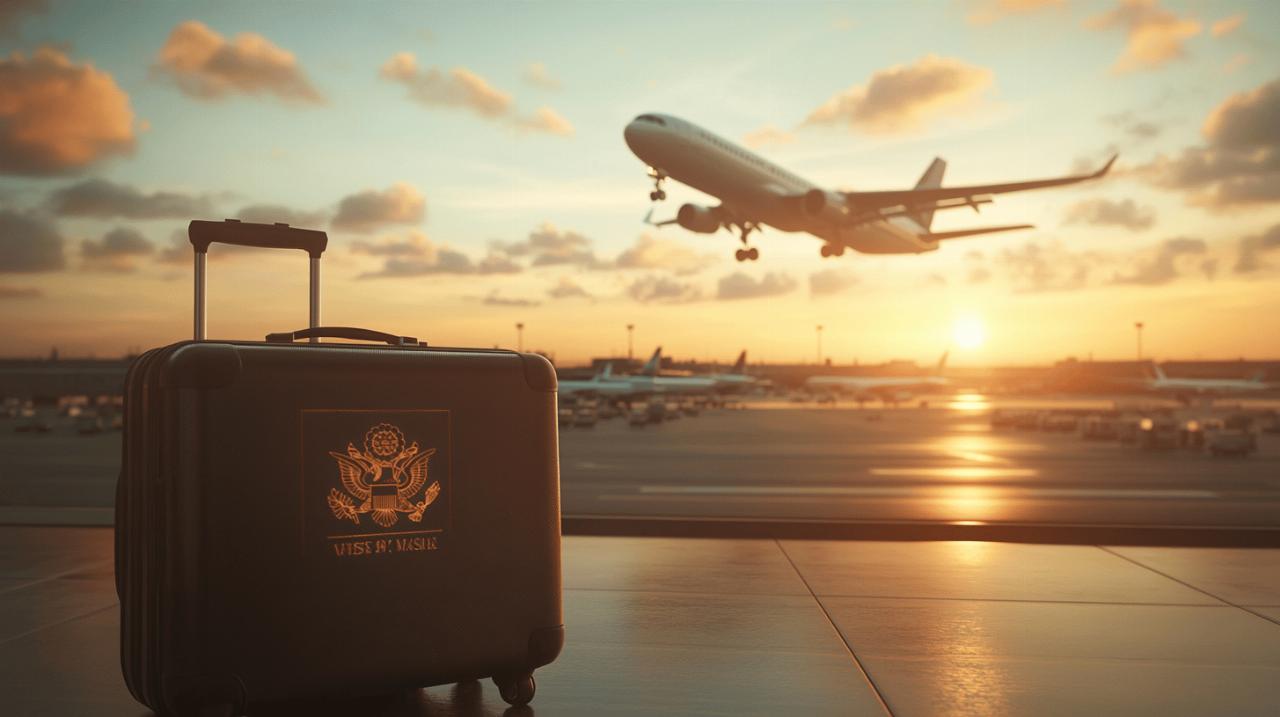Considering a journey from the City of Light to the Big Apple? Crossing the Atlantic from Paris to New York is a popular route for countless travellers, whether for business, leisure, or simply to experience the vibrant energy of Manhattan. One of the most pressing questions on any traveller's mind is naturally how long the flight will take. The answer, as you might expect, is not entirely straightforward and depends on several key factors including whether you opt for a direct service or one with layovers, which airports you choose, and even the airline you fly with.
Understanding Direct Flight Times from Paris to New York
When it comes to getting from Paris to New York as swiftly as possible, a direct flight is undoubtedly your best bet. These nonstop services eliminate the need for any tedious layovers, getting you from one iconic city to the other with minimal fuss. The journey covers a considerable distance, spanning thousands of miles across the Atlantic Ocean, yet modern aviation makes it remarkably manageable.
Average Duration for Non-Stop Services from CDG to JFK
For those departing from Charles de Gaulle, the primary international gateway in Paris, a direct flight to John F. Kennedy International Airport in New York typically takes around eight hours. This is a fairly standard duration for transatlantic flights on this particular route. If your destination happens to be Newark Liberty International Airport instead, you might find the flight time is marginally shorter, though the difference is not particularly significant. The distance covered is approximately three thousand six hundred and twenty-five miles, making it a solid example of a long-haul flight, which is generally defined as any journey lasting more than six to seven hours.
Factors affecting direct flight times across the atlantic
While eight hours is a reliable estimate, it is worth noting that several elements can influence the actual duration of your flight. Jet streams, those powerful high-altitude wind currents, can have a notable impact on flight times, potentially adding or subtracting an hour or more from your journey. Flights heading westbound from Europe to North America often take longer due to headwinds, whereas the return journey eastbound can benefit from tailwinds and be somewhat quicker. Weather conditions, air traffic control routing, and even the specific aircraft model can also play a role. Newer, more efficient planes might shave off fifteen to thirty minutes compared to older models, though this is a relatively modest improvement. Additionally, airport delays or congestion can tack on an extra fifteen to thirty minutes, so it is always wise to build a bit of buffer time into your travel plans.
Navigating Connecting Flights: What to Expect with Layovers
Not every traveller opts for a direct flight, and there are several reasons why a connecting service might be appealing. Budget considerations often lead people to choose flights with layovers, as these can be significantly more affordable. Additionally, connecting flights offer greater flexibility in terms of scheduling and routing, particularly if you are flying on less common routes or outside of peak travel times.
Common Stopover Cities and Their Impact on Total Journey Time
If you decide to take a connecting flight from Paris to New York, you will likely find yourself passing through a major European or North American hub. Common stopover cities include London, Frankfurt, Amsterdam, or Reykjavik when travelling via Europe, or cities like Toronto or Montreal if your route involves a North American connection. Each layover will naturally add a chunk of time to your overall journey. A single layover might extend your total travel time by anywhere from two to six hours, depending on the duration of the connection. Some layovers are relatively brief, lasting just an hour or two, while others can stretch much longer, particularly if you are connecting onto a less frequent onward flight. It is crucial to pay close attention to connection times when booking, as tight layovers can be stressful and risk missed connections, while excessively long layovers can leave you twiddling your thumbs in a terminal.
Balancing budget against travel duration: is it worth the wait?
The decision between a direct flight and a connecting service often boils down to a trade-off between cost and convenience. Connecting flights are frequently cheaper, sometimes substantially so, which can be a major draw for budget-conscious travellers. In fact, holiday airfare has been down as much as forty percent since twenty twenty-two, and services like Dollar Flight Club can save you up to five hundred pounds on your next adventure. However, the money saved comes at the expense of additional travel time and the potential stress of navigating layovers. For some, the extra hours spent in transit are a small price to pay for a more affordable ticket. For others, particularly those on tight schedules or travelling with children, the convenience and comfort of a direct flight are well worth the higher fare. Consider your own priorities and circumstances carefully when making this choice.
Airport Choices and Their Influence on Your Journey
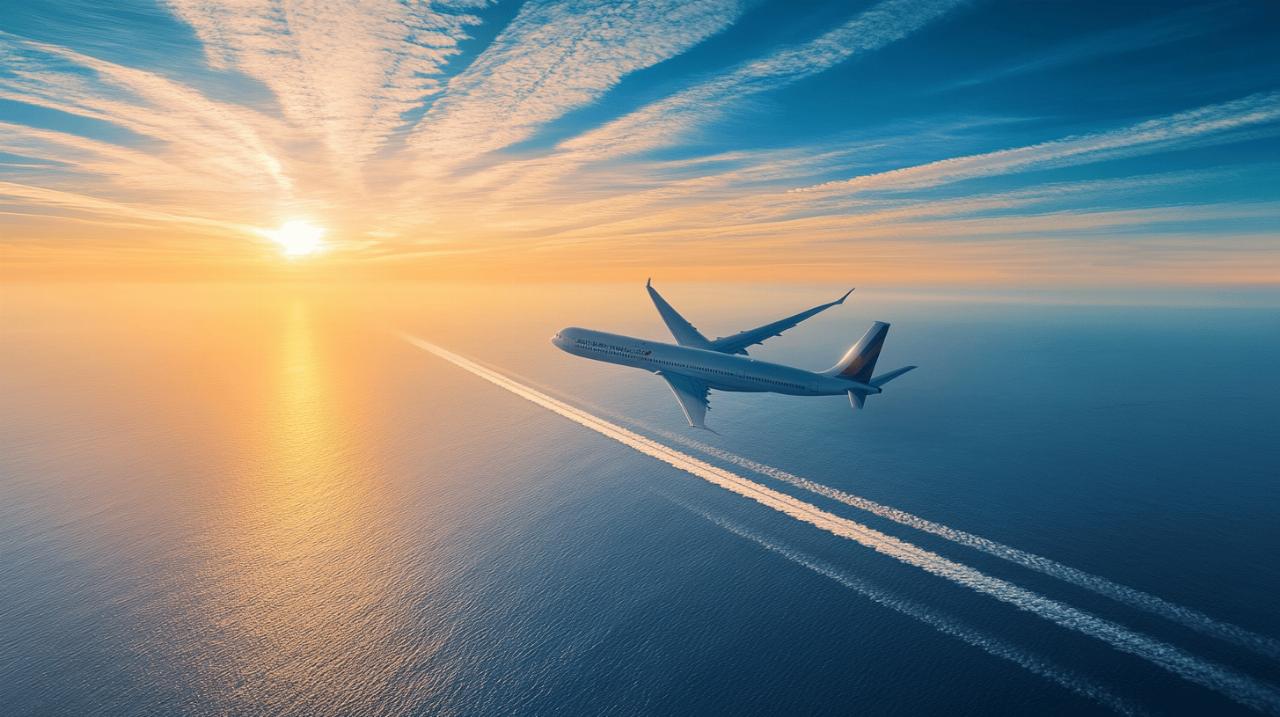 The specific airports you depart from and arrive at can also have an impact on your overall travel experience, though the effect on flight duration itself is relatively minor. Understanding the nuances of your airport options can help you make a more informed decision.
The specific airports you depart from and arrive at can also have an impact on your overall travel experience, though the effect on flight duration itself is relatively minor. Understanding the nuances of your airport options can help you make a more informed decision.
Departing from Charles de Gaulle Versus Orly: What's the Difference?
In Paris, Charles de Gaulle is by far the largest and busiest airport, handling the vast majority of international long-haul flights, including those to New York. It is well-equipped with extensive facilities and numerous flight options. Orly, on the other hand, is a secondary airport that primarily serves domestic and short-haul European routes, though it does handle some transatlantic flights. If you are flying to New York, you are most likely to depart from Charles de Gaulle. The choice of departure airport is often dictated by which airline you choose and the availability of flights on your desired dates, rather than by any significant difference in flight duration.
Arriving at JFK, Newark, or LaGuardia: Which Suits Your Plans Best?
On the New York side, you have three main airport options: JFK, Newark, and LaGuardia. JFK is the primary international gateway and the most common destination for transatlantic flights from Paris. It is located in Queens and offers excellent connections into Manhattan and the wider New York metropolitan area. Newark, located in New Jersey, is another major hub and is sometimes preferred by travellers heading to areas west of Manhattan or those who find it more convenient for onward connections. LaGuardia, also in Queens, predominantly handles domestic flights and is less commonly used for transatlantic arrivals. When choosing your arrival airport, consider your final destination within the New York area and the ease of onward transportation. While the flight duration itself may not vary dramatically between these options, the time and convenience of getting to your ultimate destination certainly can.
Airline selection and travel class: making your trip more pleasant
The airline you choose and the class of service you book can significantly influence your overall travel experience, even if the actual flight time remains constant. These factors are worth considering as you plan your journey across the Atlantic.
Comparing Carriers: Speed, Comfort, and Value for Money
Various airlines operate flights between Paris and New York, including major carriers such as Air France, Delta, United, and others. While the flight duration is largely determined by the route and aircraft rather than the airline, different carriers can offer varying levels of service, comfort, and value. Some airlines are known for their punctuality and efficient operations, while others may prioritise amenities and passenger comfort. It is worth researching the reputation and offerings of different carriers to find one that aligns with your preferences and budget. Reading reviews and comparing fares can help you make an informed choice. Additionally, some airlines may offer more frequent flights, providing greater flexibility in scheduling your trip.
Economy versus premium cabins: does comfort change your experience?
The class of service you select does not alter the actual flight time, but it can dramatically affect how you experience those hours in the air. Economy class is the most affordable option and is perfectly adequate for many travellers, but it can feel cramped on a long transatlantic flight. Premium economy, business class, and first class offer progressively more space, comfort, and amenities, such as lie-flat seats, enhanced meal service, and access to airport lounges. While these upgrades come at a higher cost, they can make a significant difference in how rested and refreshed you feel upon arrival. If your budget allows, investing in a more comfortable cabin can be well worth it for a journey of this length. Ultimately, the choice depends on your personal preferences, budget, and how much you value comfort during your flight.

